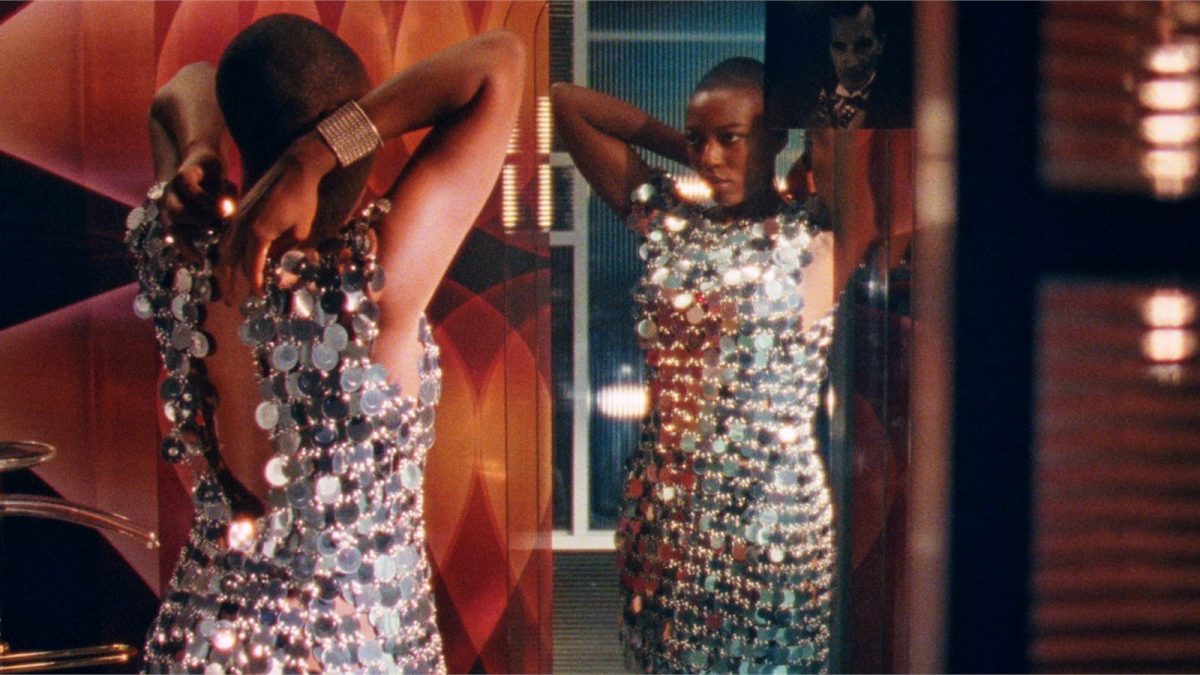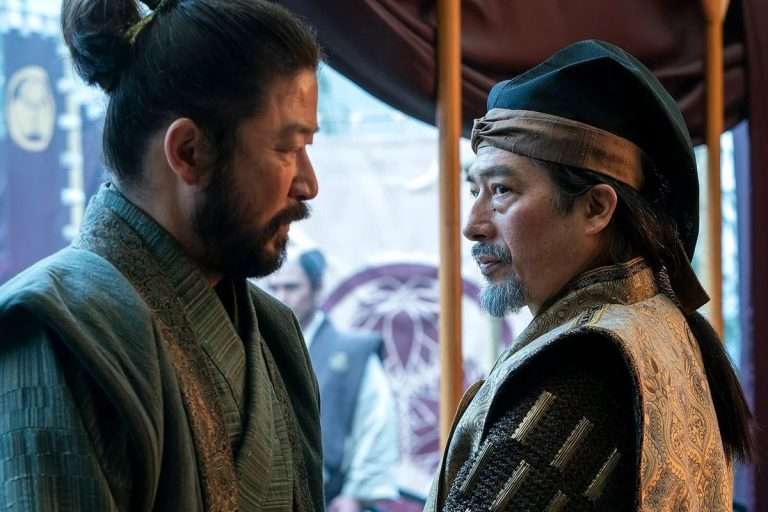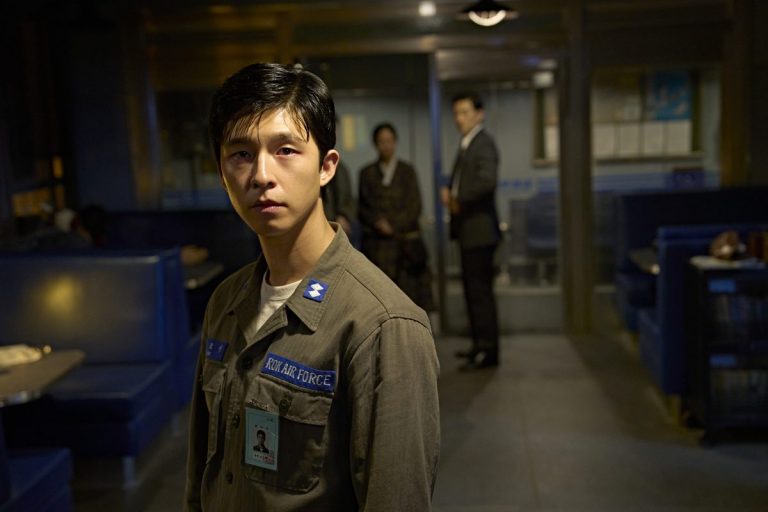One need only peruse the titles of some of the previous films by Belgium-based husband-and-wife directing duo Hélène Cattet and Bruno Forzani—included among them, “The Strange Colour of Your Body’s Tears” and “Let the Corpses Tan”—to get a loose yet sturdy idea of the sort of filmmaking they inhabit: namely, visually dynamic and narratively obscure genre pastiches indebted to the horror/thrillers of a time when a textured, hand-drawn poster and a snazzy title were enough to give even the most forgettable of exploitation flicks a sizeable shelf-life.
Not to say that Cattet and Forzani are coasting entirely on the creativity of their titles and the retro appeal of their marketing materials to elevate idle filmmaking. On the contrary, just five minutes into their latest, “Reflection in a Dead Diamond” (2025) is about all you’ll need to assess that these filmmakers are trying very hard to replicate a singular sensory experience while simultaneously adopting its textures as something all their own.
Some might even say, in fact, that the duo is trying too hard to co-opt postmodern touches and not hard enough to supplement them with material worthy of the weight of those priceless, glittering stones. But when paying homage to a field itself built upon loving shallowness, how far can a film truly be expected to dig for its treasures?
Perhaps a synopsis of the film’s “plot” might indicate what exactly Cattet and Forzani are aiming for here… Or, perhaps not, but it’s worth a try anyway. Indulging in a sensory mishmash of 1960s Eurospy cosplay, “Reflection in a Dead Diamond” centers on Mr. Diman (Fabio Testi), a retired spy soaking in the atmosphere of the Côte d’Azur as he downs bitters by the rocky shore and bitterly avoids paying his hotel tab.
It’s during this period of attempted relaxation, however, that Diman’s past begins to collapse on his present, when memories of his younger self (Yannick Renier) as an active agent of unexplained government allegiances meld into his current affairs as he takes a concerted interest in the whereabouts of his alluring hotel neighbor.

Where the film goes from there not only defies all conventional forms of explanation, but also appears entirely functional when divorced from any attempts to hash out the details at all; the very James Bond ripoffs that “Reflection in a Dead Diamond” aims to mirror in its crystalline carcass weren’t too concerned with plot cohesion or downtime development, so it stands to reason that this modern tribute could stand purely on those superficial terms as well.
In fact, Cattet and Forzani almost appear to have created the equivalent of a feature-length Bond title sequence—a resplendent display of optic sorcery and bite-sized snippets of visual ingenuity that retain the sensation of a reel pulled right out of the sand along the Mediterranean coastline.
This should pretty much tell you all you need to know about whether or not the film’s particular register of “sensation over logic” will click in your own brain, as “Reflection in a Dead Diamond” approaches its potential commentary on the exploitative nature of Eurospy cinema—some, based on the directors’ previous work, have extended this critique to giallo, but this connection feels tenuously applied to this particular film—with an ostensible flippancy that could very well be accused of half-hearted vacuity.
But for all the obvious and direct inspiration that Cattet and Forzani have taken from icons like early Bond, asking the directors themselves will lead to a more unexpected but wholly fitting inspiration for “Reflection in a Dead Diamond”. Ask them, and they’ll tell you that this film takes direct inspiration from one of their heroes Satoshi Kon, and his Japanese animated masterpiece “Millennium Actress.”
Another film whose unholy melding of time and space is reflected in a meta-fuelled plotline whose characterization is muddied by the thin line between fact and fiction, Kon’s celebrated blurring of reel and reality is the sort of reference point that one might never initially guess upon viewing this latest offspring, but is one that makes complete sense when put forth beforehand as a clear source of stylistic fervor.
In truth, “Reflection in a Dead Diamond” both benefits and falters at the hands of his comparison, as Kon’s own representation of media exploitation and genre compression is anchored in a central figure far more thoroughly engaged—by herself, by the characters around her, and by the filmmaker guiding her—in a way that allows the impact of her collapsing world to be felt as every crack begins to appear in the walls.
Hélène Cattet and Bruno Forzani, on the other hand, are fully dedicated to the vague visual expressions of this mental fracturing that come to be seen through every wave of the ocean, every shard of broken glass, and every gash in the olive-toned skin. This diamond may be somewhat cloudy as a result, but it retains a certain allure in the light of its inspirations refracted through its jagged mass.






![The Remains of the Day [1993] and The Price of Conscientiousness](https://79468c92.delivery.rocketcdn.me/wp-content/uploads/2022/01/TROTD_3-768x324.jpg)


